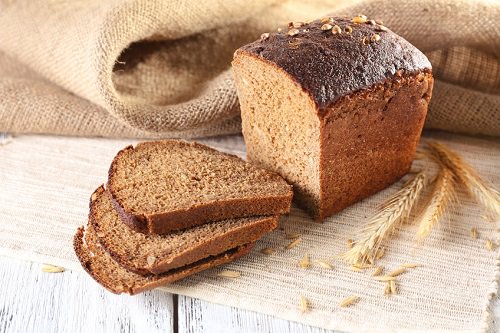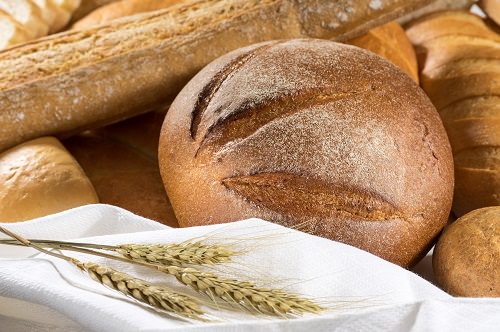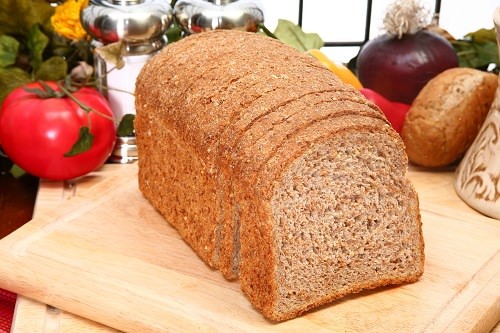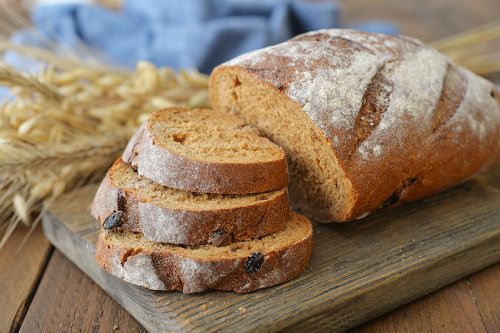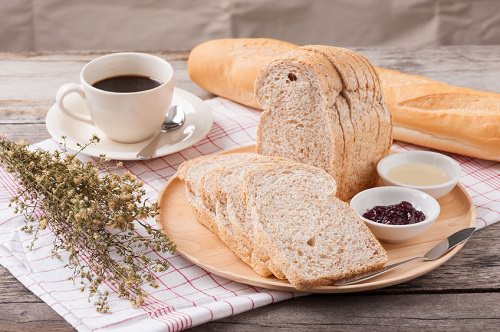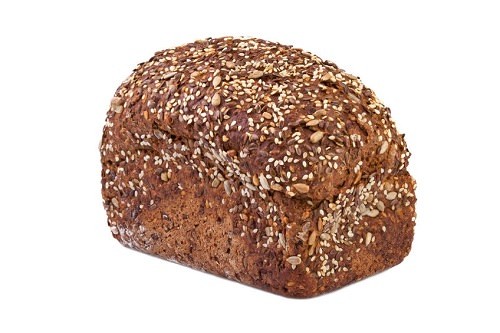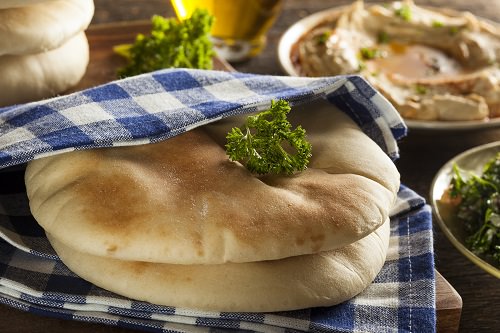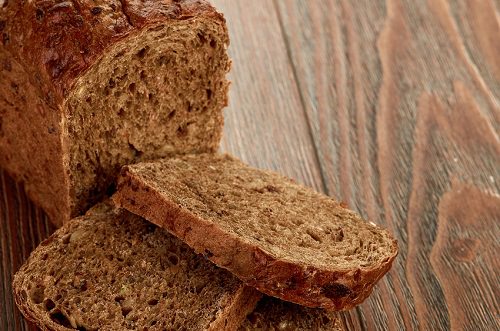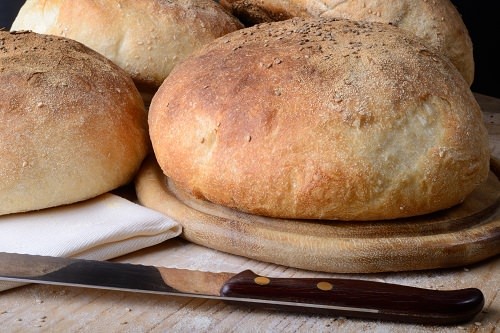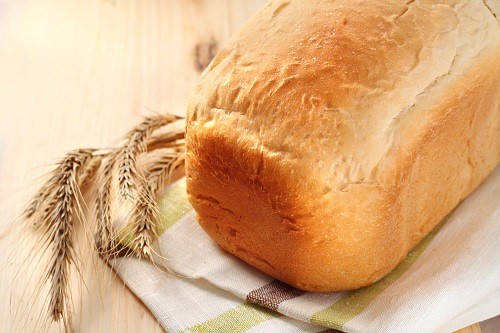The popularity of the Atkins Diet and the explosive growth of low-carb diet plans have led people to believe that carbohydrates are the worst possible food to eat when trying to lose weight. The United States Department of Agriculture (USDA) thinks differently. In fact, the USDA has placed carbohydrates at the base of the food pyramid, suggesting that we should eat nearly twice as many carbs as vegetables or fruits. In truth, no one should do without carbohydrates. The trick is simply picking the rights carbs to eat because some are better than others at helping to promote healthy weight.
Low-carb diets don’t always specify which carbs are “good” and which should be avoided. At the source of the distinction is the glycemic index (GI). Carbohydrates with a low GI are harder for the body to process and so it require more energy and processing before they are usable. The result is that low GI foods are filling, but provide fewer net calories in the end. High GI carbs increase risks of everything from diabetes to heart disease and often contain fewer nutrients anyway. Here are nine different types of bread that will not only help you maintain a healthy weight, but can also help you lose weight.
1. Ezekiel Bread
Ezekiel bread just might be the healthiest bread available. It is made from organic, sprouted whole grains. Sprouted seeds have higher levels of vitamins and nutrients and enhanced flavor. The taste of sprouted seeds allows Ezekiel bread to be sugar free. That means the bread is very low in calories. Also, because Ezekiel bread uses only whole grains, it has a very low glycemic index. Taste, nutrient density, and a low GI make Ezekiel bread ideal for those on a diet. Keep in mind that Ezekiel bread does contain gluten and thus is not a good choice for those with gluten sensitivity.
2. Rye Bread
Rye bread is 100% wheat-free, so it can be consumed by people with gluten sensitivity. It also contains four times as much fiber as white bread and has 20% fewer calories. The extra fiber in rye means that it has a low glycemic index which, when combined with its reduced calorie content, makes rye bread a great way to satisfy carbohydrate cravings while keep calories in check. The great news is that you can make your own rye bread at home and enjoy this healthy type of bread daily.
3. Whole-Wheat Bread
Wheat seeds are made up of bran, endosperm, and germ. Standard (white) breads use only the endosperm of the grain, which means they contain 25% less protein than if they were to use all three parts of the grain. They also lose up to seventeen key nutrients and a lot of fiber. Bran is the highest fiber portion of the seed. By including all three parts of the wheat grain, whole-wheat breads manage to provide better nutrition and a lower GI than regular breads that use only the endosperm.
Read also – 10 Ways to Sneak in Healthy Eating
4. Flaxseed Bread
Flaxseed is high in selenium, potassium, and manganese, all of which are essential to a healthy diet and all of which are hard to find in other breads. Flaxseed is also extremely high in fiber and essential fatty acids. The high fiber provides for a low glycemic index while the high content of essential fatty acids helps to reset the way the body deals with calories. Flaxseed bread encourages the body to burn calories for energy rather than store them as fat.
Read also – 7 Fun Ways to Add New Fruits and Veggies to Your Diet
5. Pita Bread
Whole-wheat pita bread has two advantages. First, it has all of the advantages of whole-wheat bread that were mentioned above. More importantly, however, is that pita bread has fewer calories than regular whole-wheat bread. You can also use a single pita to make a sandwich or wrap, rather than two pieces of standard bread, and save even more calories. Moreover, consider making a homemade pita bread. It is an ideal bread for beginning bakers, and you can even make it with your kids.
Read also –
6. Oat Bread
Oat bread has a very low glycemic index. Oats are also high in essential fatty acids, are gluten free (if processed and grown separate from wheat), and can lower cholesterol. Oat bread will keep you feeling full longer than just about any other bread, helping to control appetite.
I usually make my own oat bread and here is one of my favorite recipes. In a large bowl, mix yeast and warm water. Add 2 tablespoons of sugar, a cup of milk, a tablespoon of shortening, and 1 tablespoon of salt and stir well. Add a cup of rolled oats and mix well. Start adding in bread flour to make a dough, turn it out onto lightly floured surface and begin kneading it, adding bread flour until your dough is firm and smooth. Place dough in a slightly greased bowl, turning it over in a bowl to grease the top of the dough. Cover with clean cloth and let it stand in a warm, draft-free place for about an hour. Then knead your dough for about 5 minutes, shape into loaf, place in greased bread pan, cover with clean cloth and let it stand for another 45 minutes. Brush your loaf with egg white and bake it at 375°F for about 40 minutes.
7. Whole-Grain Bread
Whole-wheat bread is just one type of whole-grain bread. There are some breads that contain as many as nine different whole grains. Regardless of which you choose, all whole-grain breads have low glycemic indices and are high in protein and fiber. With so many options for whole grains, finding one you like should be a simple matter of trial and error.
Read also – 15 Worst Foods to Eat Before Bedtime
8. Barley Breads
Barley has been shown to reduce sugar spikes in the blood by helping to control insulin levels. Just one piece of bread that contains barley can also provide up to 25% of your daily fiber intake. It is rare to find a bread that contains only barley, but relatively easy to find bread that contains barley as an ingredient. Again, don’t forget that you can always make your own bread.
9. Homemade Bread
Making bread is as easy as mixing flour, water, and yeast together. The benefits, however, are almost too numerous to list. The biggest benefit of making your own bread is that you get to control what goes into it. You can leave out the sugar, add molasses, replaced sugar with honey, change the type of flour you use, add seeds, throw in fruit, or do anything else you desire. Having control over what goes into your bread allows you to make an outstanding loaf that is low in calories and high in flavor.
Read also – 8 Helpful Tips for Making Homemade Bread
There is nothing wrong with limiting carbohydrates to lose weight, especially early on in a diet. That said, carbohydrates are among the most effective foods at satisfying huger and suppressing appetite. Consciously eating the right kind of carbohydrate can help you avoid cravings that come from not eating carbs at all. It is better to plan what carbs you intend to eat so that you have healthy carbs on hand rather than expect to be able to avoid the “bad carbs” when hunger strikes and you haven’t planned. What’s your favorite type of bread?

